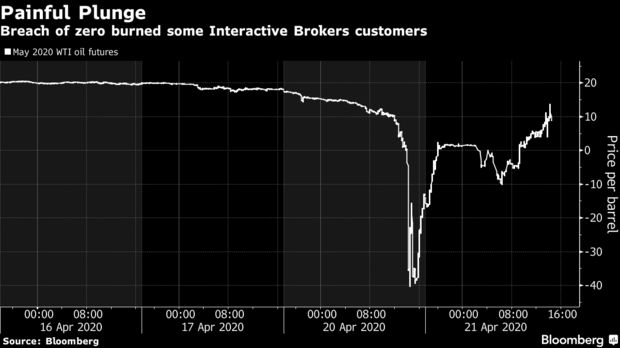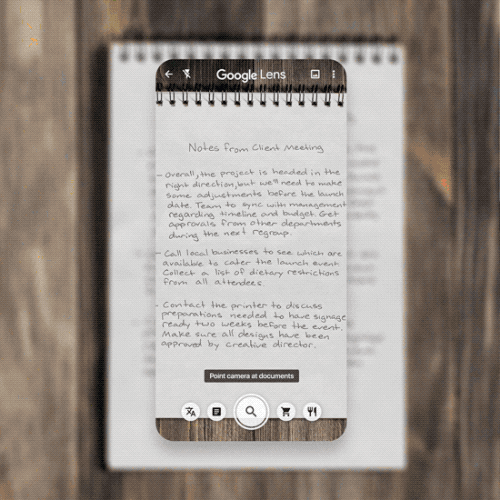A new study from The School of Business at Portland State University suggests that the aggressive cultures of private equity firms, like venture capitalists, might spill over into the companies that they fund. Venture capitalists are often the hidden players in business decision making, and they are funding startups like Uber, SpaceX and AirBnB.
With money, comes expectations
As a company grows through early developmental milestones, it becomes accountable to key stakeholders.
According to the study, companies often face challenges when balancing the tension between long-term socially responsible strategies and short-term demands associated with financial performance.
PSU Associate Professor of Management Theodore Khoury and colleagues published their study, “Is venture capital socially responsible? Exploring the imprinting effect of VC funding on CSR practices,” in the Journal of Business Venturing.
The study found that venture capitalist investors often push a business they are financing to prioritize long-term financially-based goals instead of socially responsible business ones, like fair wages, reducing carbon footprints or improving labor policies.
Venture capitalists often hold a large portion of the equity in the companies in which they invest, which gives them voting power to challenge or advocate for specific strategic directions and influence decisions that might jeopardize company returns.
The prioritization of financial success opens a floodgate, allowing behaviors such as sexual harassment at new companies like Uber to go unchecked.
“We find that venture capitalist-backed companies have poorer socially responsible practice records, which do improve over time, but at a comparatively slower rate than non-venture capitalist-backed companies,” Khoury said.
Unexpected consequence of greed
The PSU study also highlights how venture capitalists’ desires for financial surplus might end up causing more harm than good.
Uber agreed to pay $4.4 million dollars to settle federal charges of fostering a work culture wrought with sexual harassment. It’s just one of the dozens of Silicon Valley companies facing huge fines related to sexual harassment charges.
The researchers assert that socially responsible practices positively impact, rather than reduce, a company’s financial performance.
“Compared to non-venture capitalist-backed companies, venture capitalist-backed companies presented significantly lower assets, sales, tangible assets, inventories, returns on assets, profit margins and debt levels, as well as higher intangibles and current ratios,” the study said.
In addition to financial success, socially responsible practices help satisfy multiple stakeholders (like employees), enhance a company‘s market value, preempt government regulations, reduce risk, develop business resources and lower capital costs.
However, the researchers add that when venture capitalist-backed companies receive funding from firms with a responsible investment orientation and a broader stakeholder view, their socially responsible practice records are significantly better.
“Early-stage imprinting can happen from many sources, but when businesses take funding from certain investors, certain cultures, operating modes and ways of conducting business may start to take shape for the long term to affect a broader group of stakeholders,” Khoury said. “The effects of early-stage imprinting from venture capital funding can be hard to ‘undo,’ and there are social consequences.”










